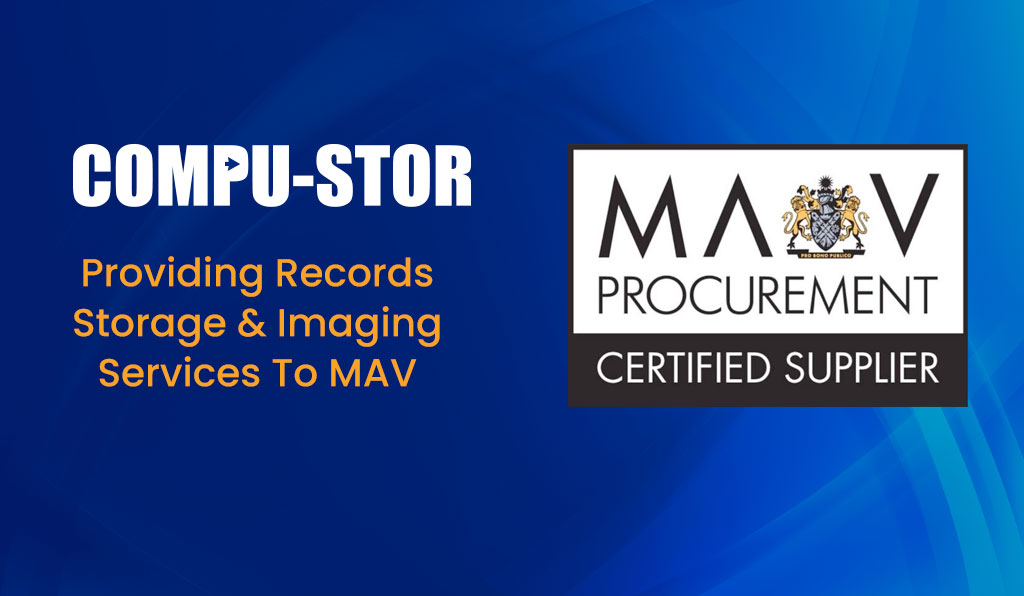In the rapidly evolving business environment, effective document handling is more than just filing—it’s about speed, accuracy and compliance. That’s where document automation comes in: the technology and processes that turn labour-intensive document work into streamlined, error-resistant flows. Organisations in Australia are increasingly turning toward document automation to stay competitive, compliant and efficient.
What is Document Automation?
Document automation refers to software and workflows that minimise manual tasks in creating, processing, routing and storing business documents. Instead of manually typing, formatting, approving and filing documents, automation tools allow you to use templates, pull data from existing systems and deliver final documents with minimal human intervention.
For example, rather than having finance staff manually prepare invoice batches, a document automation platform can generate invoices from ERP data, apply branding, send the invoice and log it automatically. This reduces repetitive tasks and frees teams for higher-value work.
Compu-Stor provides document automation solutions.
- Document automation software that can be hosted in the cloud or on-prem
- Document automation solutions as a service, so you don’t need to invest in the technology infrastructure
Internally, Compu-Stor has invested in leading hardware and software to provide customers with outstanding outcomes. For example, Compu-Stor utilises Kodak Alaris AI technology for document capture. Kodak Alaris demonstrate their product in this video:
Why Document Automation Matters in Australia
Several factors make document automation especially relevant for Australian organisations:
Regulatory compliance: Industries such as financial services, healthcare and government face stringent rules around data handling, auditing and document retention. Automation helps maintain audit trails and consistent formats.
Remote and hybrid work models: With many Australian professionals working remotely or across sites, manual paper-based document workflows become bottlenecks. Automation supports distributed teams.
Cost pressures: Businesses are under pressure to reduce operational costs. Automating document-intensive tasks lowers labour and error-remediation costs.
Scalability: As companies grow (or face seasonal spikes), manual document processes struggle to scale. Automated systems adapt more easily.
Digital transformation: Many Australian organisations view document automation as a core part of digital transformation and efficiency initiatives.
Key Benefits of Document Automation
Implementing document automation delivers a range of benefits. Some of the most significant include:
Faster document creation
Automation accelerates document generation by pulling data from systems and applying templates. This speeds up turnaround and supports high-volume workloads.Improved accuracy and consistency
Manual document creation is prone to errors (typos, outdated branding, missing fields). Automation enforces standard templates, consistent branding and correct data.Lower operational costs
With fewer manual steps, organisations save on administrative time, printing, paper storage and error correction overheads.Better compliance and audit-readiness
Automated workflows often include audit trails, version control and routing logs—critical in regulated environments.Enhanced collaboration and accessibility
When documents are generated and stored digitally, teams can access, review and approve from anywhere, supporting remote work.Scalability and flexibility
Automated systems scale to higher document volumes or more complex workflows without proportional increases in staff.
How to Get Started: A Practical Roadmap
Here’s a step-by-step approach to adopting document automation in your organisation:
- 1. Audit your current document workflows
Identify key document types (contracts, invoices, approvals, onboarding forms) and map out the manual steps—specifically, who creates, reviews, approves, and stores them. - Prioritise high-impact use cases
Select document types where you can gain the most benefit (high volume, high error rate, compliance critical). - Define your requirements
Based on the features above, determine what you need from a solution: templates, integrations, security, scalability, and localisation for Australian regulations. - Choose the right technology partner
Evaluate vendors or platforms that support Australian localisation (timezones, regulatory compliance, support). - Pilot and scale
Run a pilot with one document type, measure speed, error reduction, and cost savings. Use evidence to build a business case for broader rollout. - Embed governance and review
Ensure you have governance around templates, version control, retention, and archival. Review performance regularly and adjust.
What Features to Look For
When selecting a document automation tool, consider the following features:
- Workflow Automation
Features like automated approval processes, reminders, and status tracking streamline document workflows and reduce the risk of missing key documents. - Data Integration
The ability to pull data from other software, such as CRM or accounting systems, ensures consistency and accuracy. - E-Form Management
Look for a software that is customisable and has tools such as e-forms that can be easily adapted to suit your business needs. - E-Signatures
Many businesses rely on electronic signatures for faster approvals. Look for software that integrates this functionality. - Cloud Accessibility
Cloud-based tools enable remote access, allowing teams to collaborate in real-time from anywhere. - Security and Compliance
Ensure the software meets industry standards for data protection and regulatory compliance, such as ISO 27001.
Common Challenges & How to Overcome Them
Resistance to change: Staff used to manual processes may be hesitant. Mitigate with training, communication and showing clear benefits.
Integration complexity: Connecting with legacy systems can be tricky. Choose flexible tools and build a phased roadmap.
Template proliferation: Without governance, you’ll end up with too many templates. Establish a template library and governance process.
Compliance & data-sovereignty concerns: Ensure your solution meets Australian data-storage standards and regulatory obligations.
Managing growth: Start small, show results, then scale—avoid “boiling the ocean”.
This website provides a listing of the best Change Management firms in Australia in 2024
Document Automation Use Cases: Australian Context
Here are examples of how Australian organisations are already benefiting:
Financial services: Automating account statements, loan documents and billing to reduce manual work and ensure consistent branding.
Legal & contracts: Law firms and corporate legal teams automating contracts and NDAs to speed up turnaround and reduce risk of errors.
Human Resources: Onboarding forms, employment contracts, and performance reviews are generated automatically and stored digitally.
Government & public sector: In Australia, organisations are using document automation to manage records, approvals and digital correspondence in compliance-heavy settings.
Manufacturing/logistics: Automated generation of packing slips, shipping notices, and safety compliance documents for high-volume operations.
Measuring Success
Key metrics to track the effectiveness of your document automation initiative include:
Reduction in document processing time (e.g., hours → minutes)
Decrease in manual errors or rework
Cost savings from fewer staff hours, less paper/print/storage
Improved compliance audit results (fewer exceptions)
Employee satisfaction/focus shift (from repetitive to strategic work)
Scalability: the ability to handle increased volume without additional headcount
Final Thoughts
For Australian businesses seeking efficiency, accuracy and resilience, document automation is more than a nice-to-have—it’s a strategic enabler. By moving from manual, error-prone workflows to intelligent, automated systems, companies free up capacity, reduce risk and position themselves for growth.
If you’re ready to explore document automation, start by identifying your highest-volume document types, defining your requirements against the features outlined above, and selecting a partner that understands the Australian market. With the right approach, document automation can transform your operations.
At Compu-Stor, we specialise in helping businesses integrate powerful document automation solutions.
By embracing workflow automation technology, your organisation can save time, reduce costs, and improve the quality of its document management processes.
Contact Compu-Stor today on 1300 559 778
or **@************om.au to discuss how we can help you.



